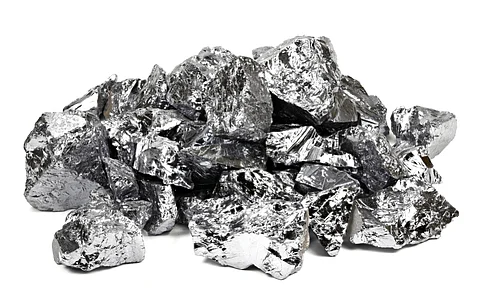

Fitch Solutions Country Risk & Industry Research sees solar capital costs not coming down in 2022 thanks to polysilicon production not being enough to meet strong demand, but as new capacity comes online across the solar value chain, prices can be expected to stabilize, bringing down solar capital expenditure (capex) in 2023.
Polysilicon price will remain the 'most significant factor' driving the cost pressure upward for solar. Sample this: In June 2020 polysilicon prices were at an all-time low of $6.80 per kg. In February 2022, prices increased to nearly $40.0 per kg; as the world started recovering from COVID-19, the pent-up demand further pushed up the prices.
"We expect this upward trend will continue through the coming months until the significant expansion of global polysilicon, wafer, cell and solar module production meets or surpasses demand," opine the analysts. "We expect production capacity additions in the solar module value chain to boost component manufacturing, stabilizing prices before returning to a downward trend from 2023."
Currently, Chinese companies dominate the global top 10 polysilicon producers list which is the same as Bernreuter Research presented in April 2022 (see World's Top 3 Largest Polysilicon Makers Are Chinese).
In 2020, top 6 held 470,000 ton annual capacity and the same companies increased their capacity by 270,000 tons to an aggregate of around 740,000 tons by 2021. By the end of 2022, Fitch Solutions expects total global polysilicon production capacity to exceed 1 million tons in the best-case scenario.
"However, given that the new plants will not immediately operate at full production capacity as well as other factors such as maintenance demands and unforeseen production shortfalls; total polysilicon production is expected to reach roughly 700,000 ton in 2022; which is enough to produce about 255 GW of solar PV modules globally," they add.
Nonetheless, prices of other components as steel, aluminum, copper and logistics costs will continue to impact solar capex as will labor costs, duties and land acquisition costs, among other variables.
Chinese solar market research firm PV Infolink also sees polysilicon prices advancing in June 2022 though companies entering long-term supply agreements getting some discounts. It says trading prices for mono-grade polysilicon have risen to RMB 259 to RMB 266 ($38.78 to $39.8) per kg, while recycled polysilicon scrap is traded at RMB 263 to RMB 268 ($39.38 to $40.13) per kg. Polysilicon outside of China enjoys premiums.
